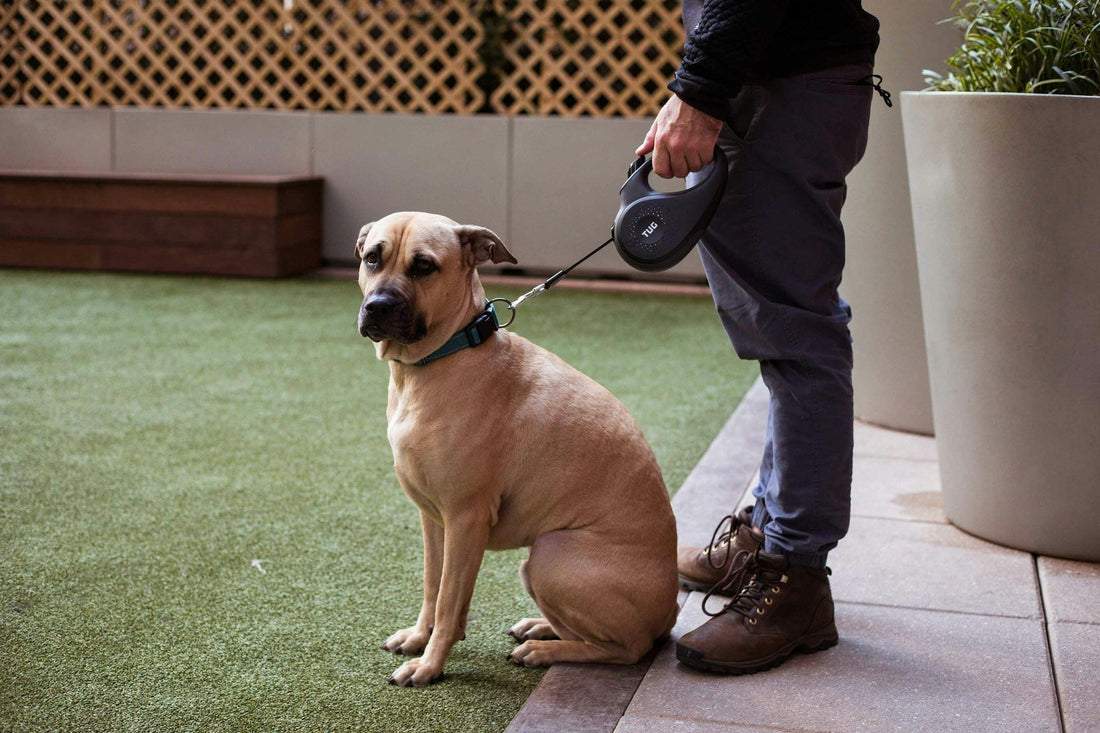How to Train Your Dog to Walk on a Leash

Walking your dog should be an enjoyable experience for both of you. However, if your dog isn't leash-trained, it can turn into a frustrating ordeal. In this guide, we'll provide you with step-by-step instructions on how to train your dog to walk on a leash, ensuring a pleasant and stress-free walk.
Why Leash Training is Important
Leash training is essential for your dog's safety and your peace of mind. It helps prevent accidents, reduces pulling, and promotes good behavior. Plus, it strengthens the bond between you and your dog.
Step-by-Step Guide to Leash Training
1. Choose the Right Equipment
- Harness or Collar: Select a comfortable harness or collar. Harnesses are often recommended for leash training as they distribute pressure more evenly and prevent choking.
- Leash: A standard 4 to 6-foot leash is ideal for training. Avoid retractable leashes during the training phase.
2. Introduce the Leash and Collar
- Familiarization: Allow your dog to sniff and get used to the leash and collar. Let them wear the collar indoors before attaching the leash.
- Positive Reinforcement: Give treats and praise to create positive associations with the leash and collar.
3. Practice Indoors
- Short Sessions: Start with short training sessions indoors. Encourage your dog to follow you around while on the leash.
- Treats and Praise: Reward your dog with treats and praise when they walk beside you without pulling.
4. Start Walking Outdoors
- Choose a Quiet Area: Begin in a quiet, distraction-free area. Gradually introduce more challenging environments as your dog becomes more comfortable.
- Consistency: Keep training sessions consistent. Practice daily for the best results.
5. Use Positive Reinforcement
- Reward Good Behavior: Always reward your dog when they walk beside you without pulling. Treats, praise, and petting work wonders.
- Ignore Bad Behavior: If your dog pulls, stop walking and wait for them to calm down before resuming. Do not yank or punish them.
6. Teach Commands
- "Heel" Command: Teach your dog the "heel" command to keep them walking beside you. Use treats and a firm, calm voice.
- "Leave It" Command: This command is useful for distractions. Practice indoors first, then use it during walks.
7. Be Patient and Consistent
- Patience is Key: Leash training can take time. Be patient and stay consistent with your training methods.
- Progress at Your Dog's Pace: Every dog learns at their own pace. Adjust your training based on your dog's comfort level and progress.
Common Challenges and Solutions
Pulling on the Leash
- Stop and Wait: If your dog pulls, stop walking and wait until they come back to you. Reward them for returning to your side.
- Change Direction: Frequently change direction during your walk. This teaches your dog to pay attention to you.
Distractions
- Start Slow: Begin in low-distraction environments. Gradually introduce more distractions as your dog improves.
- Use High-Value Treats: Use treats that your dog loves to keep their attention focused on you.
Training your dog to walk on a leash is a rewarding experience that enhances your bond and ensures safety. Remember, patience and consistency are crucial. With the right approach and positive reinforcement, you'll soon enjoy peaceful and pleasant walks with your furry friend.
By following this guide, you'll be well on your way to having a leash-trained dog. Check our Dog Products section. And happy walking!
